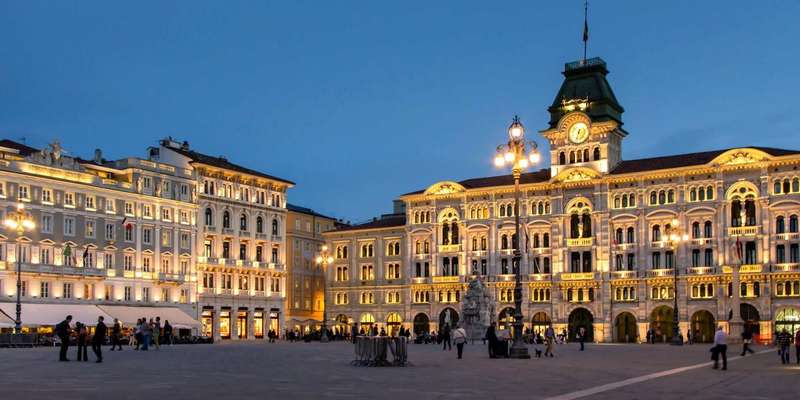- Home
- Useful Tips
- Combining cultural visits with...
Trieste’s unique charm lies in its ability to marry Habsburg grandeur with Adriatic seaside bliss, yet most visitors struggle to balance both. Over 60% of cultural travelers regret not experiencing the coast, while beachgoers often miss the city’s extraordinary history. The frustration is real – trudging between museums in swimwear or wasting precious hours on convoluted transit routes. This coastal gem demands a strategy that lets you admire Byzantine mosaics by morning and float in turquoise waters by afternoon, without the stress of poor planning or missed connections. Local knowledge becomes crucial in a city where medieval alleys lead to hidden beach coves, and sunset aperitifs pair with views of both gilded palaces and fishing boats.


Timing your cultural visits to beat crowds and heat
The key to enjoying Trieste’s architectural wonders lies in syncing with the city’s natural rhythms. Start at dawn with the Roman Theatre near Colle di San Giusto, when the marble steps glow golden and you’ll have Caravaggio’s ‘St. Sebastian’ at the Cathedral virtually to yourself. By 10am when cruise crowds descend, shift to the seafront: Miramare Castle’s cliffside gardens offer shade and sea breezes, with strategically placed benches facing the Gulf of Panzano. Locals know the castle’s west wing stays coolest in summer afternoons, where Maximilian’s Mexican artifacts provide fascinating respite from the midday sun. Save the bustling Piazza Unità d’Italia for late afternoon when the limestone facades turn honey-colored and cafes begin serving Aperol spritzes with Adriatic views.
Secret beach spots with quick cultural detours
Beyond the main Barcola promenade, Trieste hides swimmable gems minutes from historic sites. The concrete platforms at Ausonia Pier, a 7-minute walk from the Revoltella Museum, transform into local swimming clubs with ladders into deep blue water. Pack a waterproof bag: you can store belongings at nearby Palazzo Gopcevich’s cloakroom while touring its Illyrian artifacts. For something more secluded, catch bus 42 to Grignano’s Lanterna beach, where a medieval watchtower overlooks your swim. Smart travelers bring reef shoes – the rocky seabed reveals ancient amphora fragments at low tide. Time your return for sunset at Faro della Vittoria, when this 1927 lighthouse offers panoramic views stretching from the Dolomites to Croatia.
Where to stay for perfect culture-beach balance
The San Vito district emerges as the ideal base, where 19th-century merchant houses sit a 12-minute walk from both the Canal Grande and the Pedocin beach – Trieste’s legendary gender-separated swimming area. Budget-conscious travelers favor guesthouses near the University, whose courtyards provide cool retreats after beach time, while luxury seekers opt for waterside hotels with private lidos like the Savoia Excelsior Palace. A local secret? Some boutique hotels in the Cavana quarter offer complimentary bikes, letting you pedal between morning espresso at Caffè San Marco and an afternoon dip at the sheltered Sistiana Bay, passing the Victory Lighthouse en route.
Dining that captures Trieste’s dual soul
The city’s culinary scene perfectly mirrors its land-meets-sea identity. Begin with an imperial-style breakfast at Pasticceria Pirona, where James Joyce once nibbled on presnitz pastry, then lunch on mussels and saor at Buffet da Pepi near the Roman Theatre. For dinner, follow locals to Ristorante Suban in San Giovanni park: their signature ‘brodetto di pesce’ seafood stew tastes better after you’ve earned it climbing to the 15th-century church above. Time your meal for 8pm to catch the ‘imbrunir’ – that magical twilight when Trieste’s Austrian cafes and Venetian-style canals glow amber against the darkening Adriatic.



